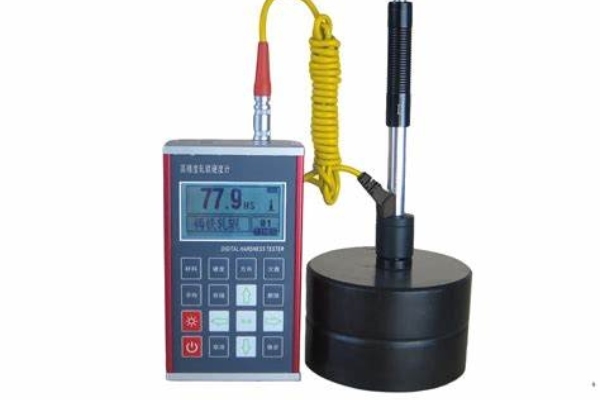Hardness is an important metric in materials science, used to characterize a material's resistance to surface deformation and scratches. Among the methods of measuring hardness, Richter's hardness is one of the most commonly used. In this article, we will explore the concept of Richter's hardness, its testing methods, and its applications in engineering and science.
What is Richter's Hardness
Richter's hardness is a hardness testing method developed by Austrian engineer Fritz Richter in 1911. It determines the hardness of a material by applying a standardized pressure to the surface of the material and then measuring the diameter of the resulting indentation. The Richter hardness is usually expressed as HRC (Rockwell C) and is designed for hard materials such as metals and alloys.

Test Methods for Richter Hardness
The Richter hardness test is performed using an instrument called a 'Rockwell Hardness Tester'. During the test, a preload is applied to push the surface of the material to a certain depth to ensure stable deformation. The hardness value is then calculated by applying a larger load and continuing to measure the depth of the indentation. The Richter hardness test is relatively simple and quick, and does not require a highly skilled technical operator.
Relationship of Richter hardness to other hardness testing methods
There are many different methods of hardness testing, including Brinell, Vickers and Rockwell. While all of these methods can provide useful information in different situations, Richter's hardness is one of the most commonly used hardness testing methods due to its reliability and wide range of applications. Compared to Brinell hardness, the Richter hardness test is more suitable for measuring high hardness materials. Compared to Rockwell hardness, Richter hardness testing requires less skill from the operator and is easier to perform on a large scale on production lines.

Application areas of Richter hardness
The Richter hardness is widely used for materials research and quality control in engineering and science. In materials engineering, the hardness of different metals and alloys is measured to assess their mechanical properties and wear resistance. In manufacturing, Richter hardness testing can be used to determine whether a product meets design requirements, such as hardness testing of automotive engine parts. In addition, Richter hardness can be used for quality control to ensure product consistency and reliability.
Conclusion
Richter hardness is a commonly used hardness testing method that determines the hardness of a material by measuring the depth of an indentation. It is quick and easy to perform and has a wide range of applications in engineering and science. By using the Richter hardness test, one can assess the mechanical properties of materials, wear resistance, and ensure the quality and reliability of products. Therefore, Richter hardness is of great importance in materials science and engineering.